I received a priceless gift via FedEx today. More on that in a moment but for now cast your eyes on these photos of Richmond dating from the 1920s.
This view looks west from the 19th Street bridge. It’s full of wonderful details that would satisfy the most fastidious prototype modeler. The handwritten notes in the lower right are hard to read but they are as follows:
Richmond, Ind.
V.(view) W(west) From 19th St.
No. 12701(the photo number) and date taken 9-22-’20.
So what are we looking at? From left to right the tracks are the east and westbound passenger mains. They were oddly sequenced with Track One being second from the left and Track Two on the outside. The other two tracks, Three and Four are the east/westbound freight mains. Track Four on the far right was the lead into Glenn yards, located to the photographer’s back (photo below).
The block tower controlled train movements in and out of the yard as well as through traffic between the junctions on either end of town. The first time I saw another photo taken from this location I was shocked at the number of crossovers. As a kid in the 1960s I saw the same number of tracks but I had no idea there were so many crossovers. I shouldn’t have been so surprised. This was the era of the Pennsy’s consolidation of lines through Ohio, Indiana and Illinois as part of their westward expansion from Pittsburgh. What we see here is infrastructure built to handle heavy freight and passenger traffic, when everything still went by rail.
In the March 1921 photo we see more progress. The interlocking appears complete and the crossovers now have different throw mechanisms. The hand throws and kerosene switch lamps are gone, as is the smaller wooden building that was east of the block tower in the first scene. You’ll also notice the addition of a signal bridge with high semaphores near 15th street in the mid-distance.
Moving west down the tracks, on the left, the brick industrial buildings dating from the late 1800s still exist today, while those on the right were destroyed in a massive fire several years ago. I have no idea when the little oil depot disappeared.
In the far distance in both westbound views, you can make out the shape of the cast iron train shed next to the depot some seven blocks away. Sadly now, it’s back to reality in the photo below, as much of what is seen in the past is nothing but a memory.
The Gift
I received these photos and many more as a generous gift from a total stranger. Craig Foster emailed me to share the story of how he bought a collection of photos on eBay that documented the construction of the roundhouse in Richmond IN. He, being in Colorado and a Santa Fe modeler with little interest in Pennsy, recently found this blog and saw that I lived in Richmond. In a phone conversation he wondered would I like to have the photos? Umm, well, let me think.. YES!!
The box arrived this morning and I was speechless at the contents. The collection consists of dozens of high quality black and white photos, including several panoramic views documenting the multi-year construction of the twenty stall roundhouse and turntable, the car shops, the power plant, coal dock and the rest of the engine terminal. The detail is stunning and I could easily identify locations and views. Coupled with my existing material like this copy of the blueprints of the engine terminal (photo below), my knowledge of Richmond railroading just took an amazing leap forward.
The photos are in remarkable shape given their age. There is little documentation on any of them beyond identifying what each building is. No photographer is listed but the photos are numbered, leading me to believe they were taken by a railroad company photographer. Whoever he was, he had unfettered access to the site so he was obviously working in an official capacity of some kind.
This collection provides a view into the past like no other I’ve experienced. I hope I can do something to share them because they are a treasure trove of early twentieth century railroad and industrial history. (Would you believe there’s a Virginian stock car in one shot?) I intend to make certain they stay in Richmond or at least in Indiana after I’m gone, because I feel this is where they belong. Beyond the sampling I’ve provided here, I need to research whether I can legally do anything with them in terms of publishing.
In the mean time, thank you Craig if you happen to read this. Your generosity is greatly appreciated.
Regards,
Mike
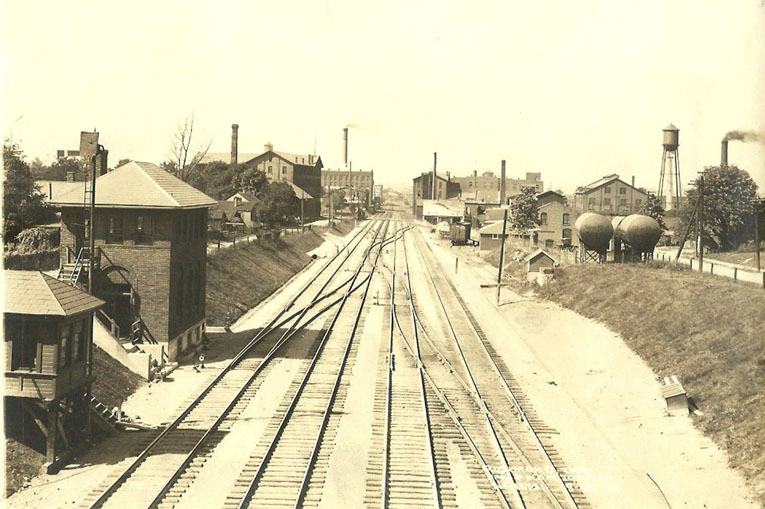
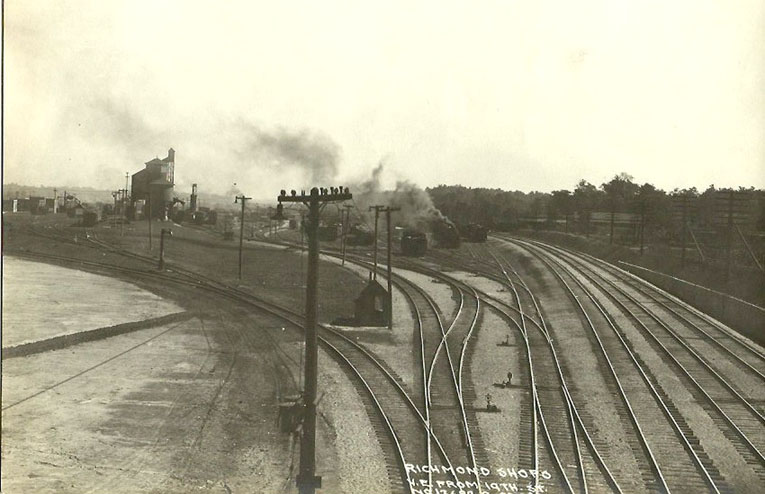
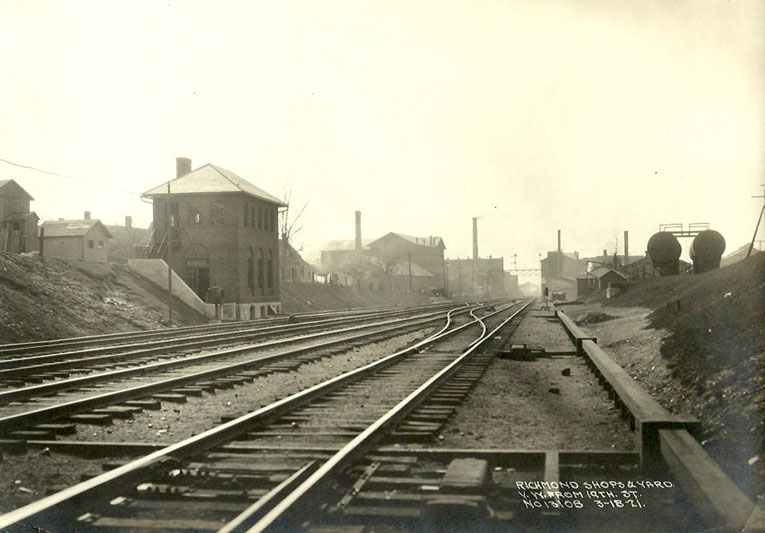
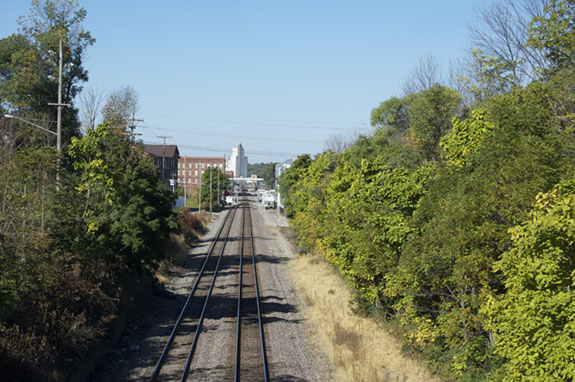
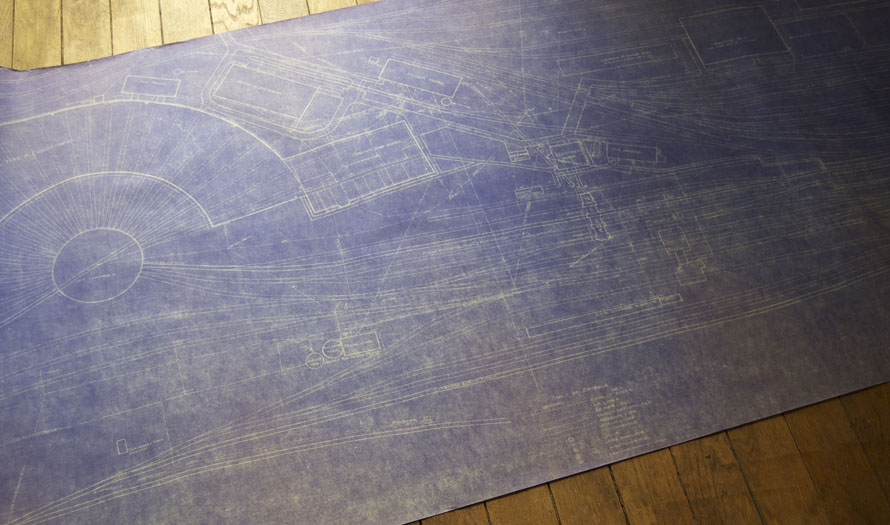
Thanks for the nice comments Mike. I am so glad to get these photos back to Richmond where they will be shared with fellow modelers and historians alike.
You’re welcome Craig. Looking through them has been a blast.
Mike